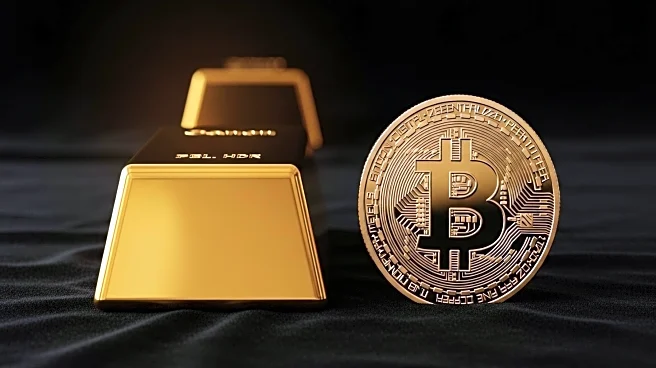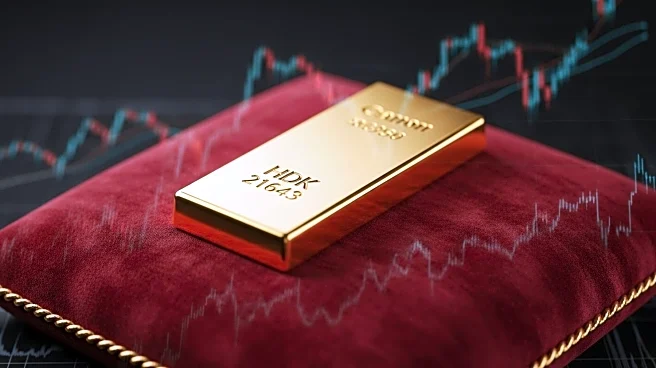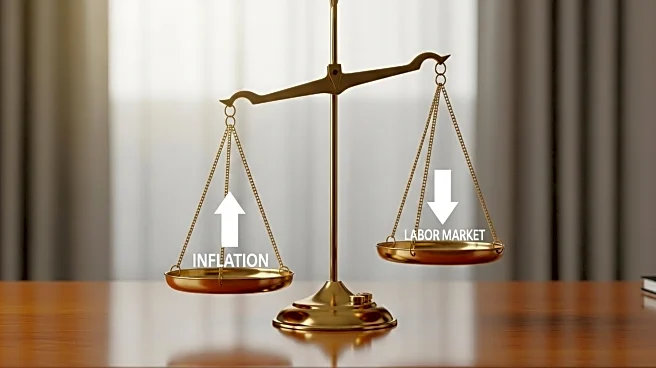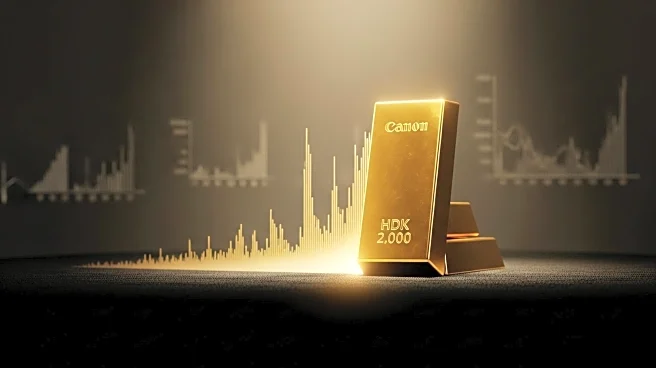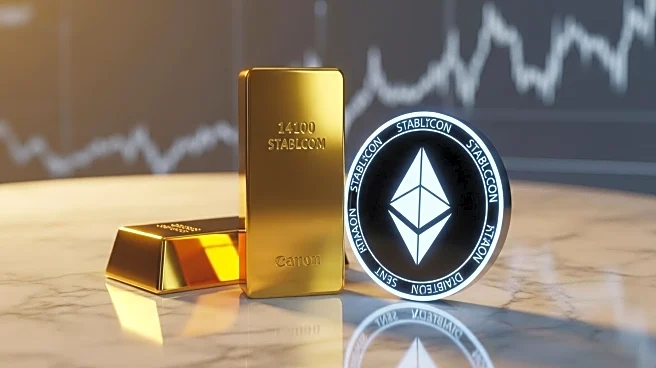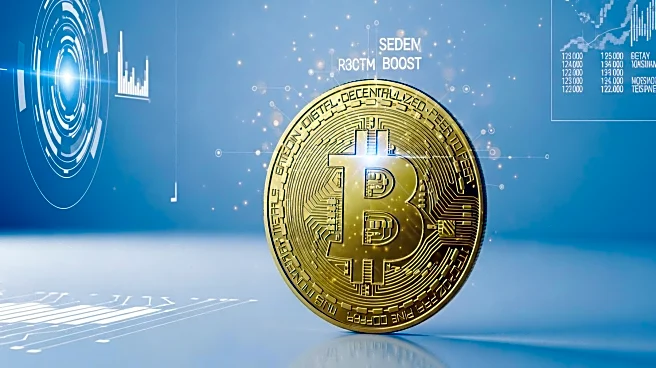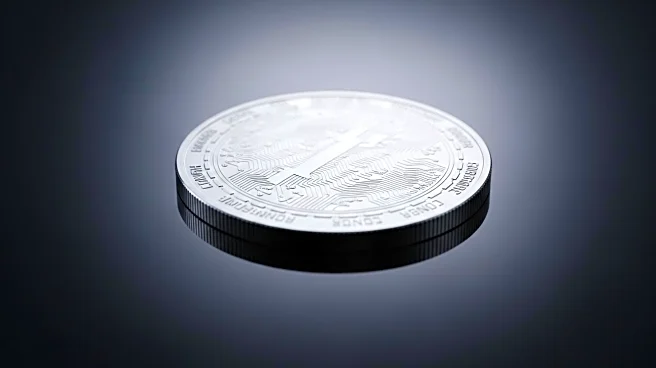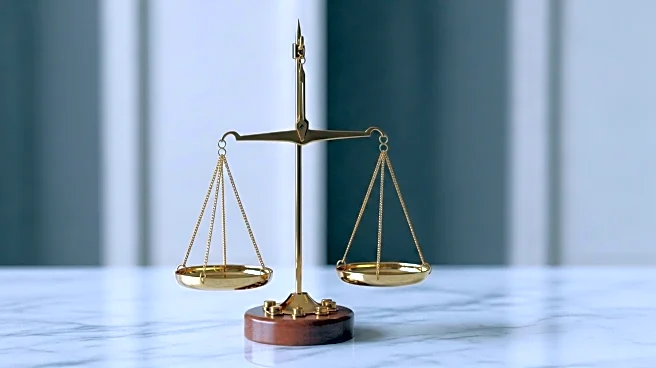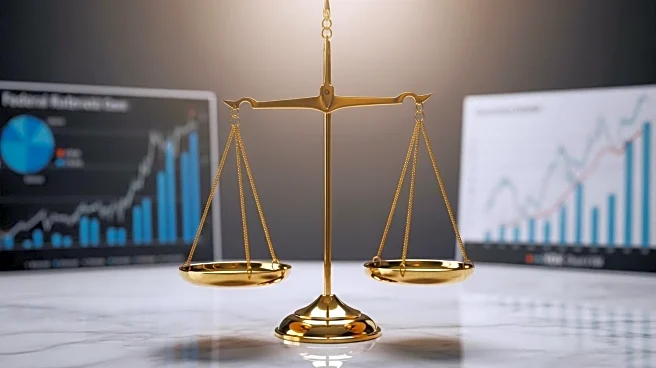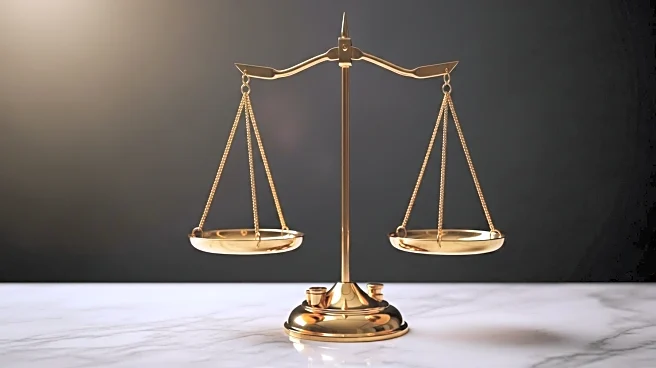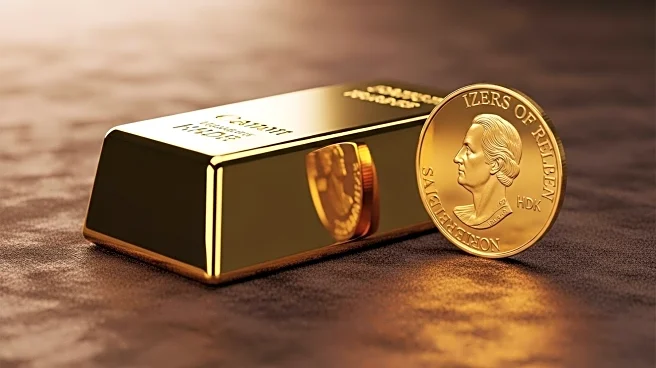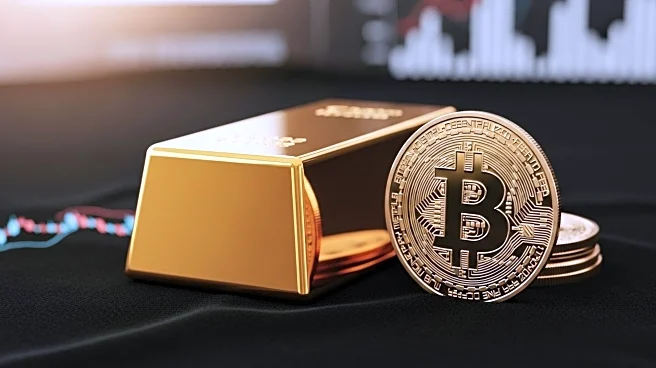What is the story about?
What's Happening?
Gold prices have reached an unprecedented high of $3,600 per ounce, driven by market anticipation of a Federal Reserve rate cut. This surge follows a U.S. jobs report indicating a slowdown in hiring and a rise in unemployment to its highest level since 2021. Traders are now assigning an 84% probability to a 25-basis-point cut and a 16% chance to a 50-basis-point cut at the Federal Reserve's upcoming meeting on September 17. The increase in gold prices has reignited debates about the relative merits of gold versus Bitcoin as investment assets. Bitcoin critic Peter Schiff argues that investors have favored Bitcoin over gold to their detriment, as Bitcoin remains approximately 15% lower compared to gold than its 2021 peak. Meanwhile, Bitcoin proponents maintain that while gold may dominate in the short term, Bitcoin will ultimately prevail in the long term.
Why It's Important?
The rise in gold prices and the debate over Bitcoin's long-term viability highlight the ongoing tension between traditional and digital assets. The Federal Reserve's potential rate cut could have significant implications for both the gold and cryptocurrency markets. A rate cut typically lowers borrowing costs, potentially stimulating economic activity but also affecting currency values and inflation expectations. Investors seeking a hedge against inflation may turn to gold, while others may see Bitcoin as a digital alternative. The outcome of this debate could influence investment strategies and the allocation of assets in portfolios, impacting financial markets and economic stakeholders.
What's Next?
The Federal Reserve's decision on interest rates will be closely watched, as it could set the tone for future monetary policy and market reactions. If the rate cut occurs, it may further boost gold prices and influence Bitcoin's market dynamics. Additionally, companies like Tether are exploring the integration of gold with digital currencies, which could lead to new financial products and investment opportunities. The ongoing interplay between digital and physical assets may continue to evolve, with potential regulatory and market responses shaping the landscape.
Beyond the Headlines
The intersection of traditional commodities like gold with digital currencies represents a broader trend of financial innovation. This development raises questions about the long-term viability and strategic coherence of initiatives like gold-backed tokens. As companies explore these new frontiers, they must navigate regulatory challenges and market skepticism. The outcome of these efforts could redefine the relationship between traditional and digital financial systems, with implications for investors, regulators, and the broader economy.
AI Generated Content
Do you find this article useful?
